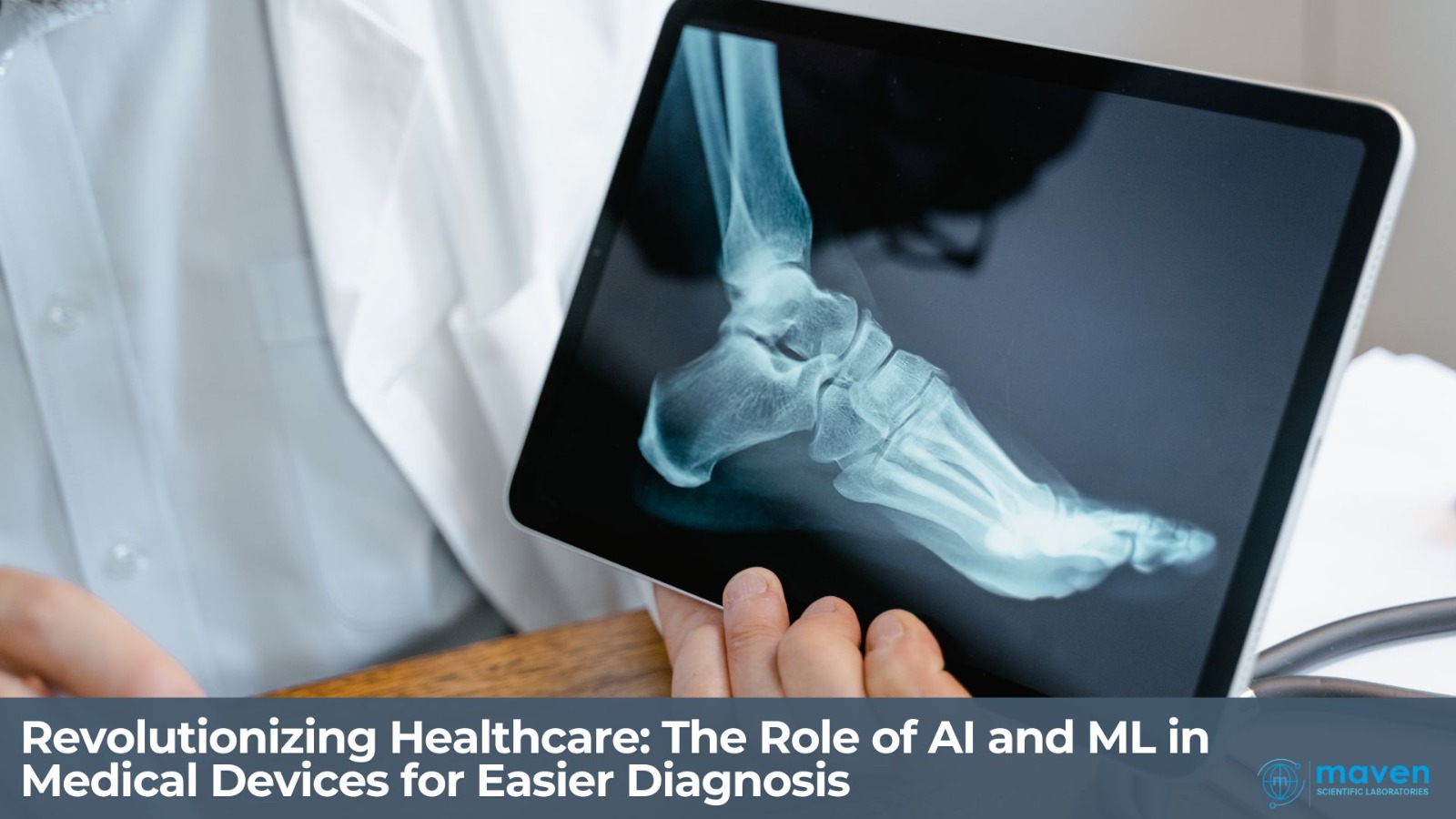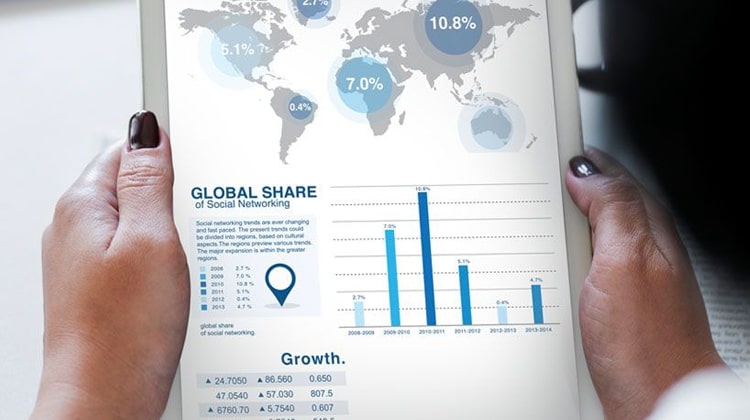
Revolutionizing Healthcare: The Role Of AI And ML In Medical Devices For Easier Diagnosis
Artificial Intelligence (AI) and Machine Learning (ML) are transforming the healthcare landscape, particularly in medical diagnostics. By leveraging advanced algorithms, these technologies enable faster, more accurate, and efficient disease detection, reducing the burden on physicians and improving patient outcomes. This blog explores the integration of AI and ML into medical devices, their applications in diagnostics, and the challenges and opportunities they present.
What Are AI and ML in Medical Diagnostics?
AI refers to the simulation of human intelligence in machines that can analyze data, recognize patterns, and make decisions. ML, a subset of AI, involves training algorithms to learn from data and improve performance over time. In the medical field, these technologies are applied to analyze medical images, patient records, genetic data, and biological signals to assist in diagnosing diseases with unprecedented precision.
Applications of AI and ML in Medical Diagnostics
1. Medical Imaging
AI-powered systems excel at analyzing X-rays, CT scans, MRIs, and PET scans to detect abnormalities such as tumors, fractures, vascular irregularities, and infections. For example:
- AI can identify early-stage cancers that might be missed by human radiologists.
- In ophthalmology, AI analyzes retinal images to detect diabetic retinopathy or glaucoma.
2. Pathology
AI tools assist pathologists in identifying cancerous cells by automating the analysis of tissue samples. This reduces manual workload while enhancing diagnostic accuracy.
3. Cardiology
ML algorithms interpret echocardiograms (ECGs) and cardiac MRI scans to diagnose arrhythmias, coronary artery disease, or heart failure. Wearable devices equipped with sensors also collect real-time data, such as heart rate or skin temperature, to monitor cardiovascular health.
4. Dermatology
AI systems classify images of skin lesions to distinguish between benign and malignant conditions. These tools improve early detection and treatment planning for skin cancers.
5. Personalized Medicine
AI analyzes genetic markers to create tailored treatment plans for patients based on their unique biological profiles, allowing for more precise and effective therapies.
Benefits of AI/ML-Enabled Medical Devices
- Accuracy: AI algorithms reduce diagnostic errors by detecting subtle patterns in medical data that may be missed by humans.
- Speed: Automated analysis accelerates diagnosis—AI can process CT scans within seconds compared to manual assessments that take minutes.
- Efficiency: By automating repetitive tasks, AI reduces the workload on healthcare professionals, allowing them to focus on critical decision-making.
- Accessibility: AI-powered tools bring high-quality diagnostics to underserved areas with limited access to specialists.
Challenges in Implementing AI/ML for Diagnostics
While the potential is immense, several challenges remain:
- Data Privacy: Ensuring the security of sensitive patient data is critical, given regulatory requirements like GDPR and HIPAA.
- Generalizability: AI models trained on specific datasets may struggle with diverse patient populations, leading to biased results. Addressing this requires diverse and representative training data.
- Human Oversight: Physicians must interpret AI-generated results carefully to avoid over-reliance on automated systems. AI should complement, not replace, clinical expertise.
- Regulatory Compliance: AI-powered medical devices must comply with stringent regulatory frameworks to ensure safety, efficacy, and ethical considerations.
Future Directions
The integration of large language models (LLMs) into diagnostic tools holds promise for enhancing accuracy through detailed textual explanations and visual heat maps. These advancements aim to empower healthcare professionals while addressing current limitations such as methodological constraints.
Additionally, wearable devices equipped with ML capabilities are expected to play a larger role in monitoring chronic diseases and predicting health risks in real time. Future AI systems will also focus on explainability and transparency to ensure better trust and integration into clinical workflows.
Conclusion
The use of AI and ML in medical devices is revolutionizing diagnostics by offering faster, more accurate solutions across various fields such as radiology, pathology, cardiology, dermatology, and personalized medicine. Despite challenges like data privacy, model generalizability, and regulatory compliance, ongoing advancements promise improved patient outcomes through early detection and tailored treatments.







